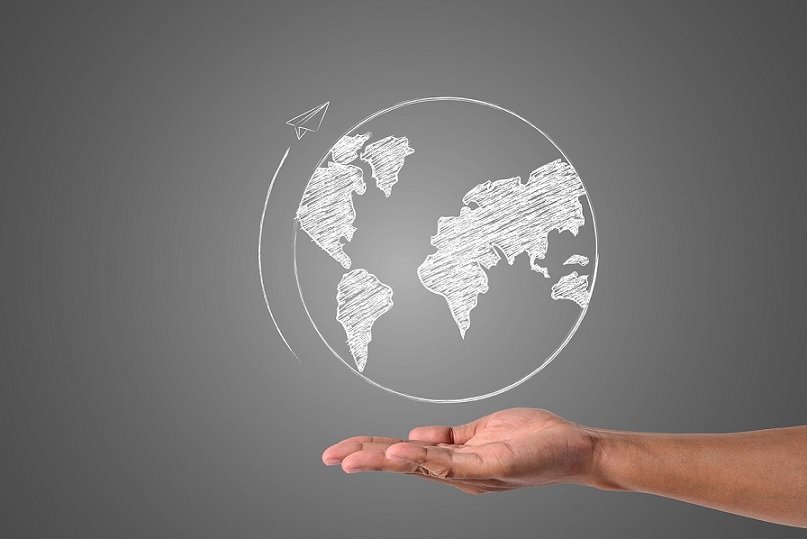Influencer marketing in fashion has undergone a massive transformation. What started as a simple endorsement from celebrities has grown into an intricate and strategic approach that brands use to connect with their audience. From high-end fashion houses to affordable brands, influencer marketing has proven to be a game-changer in how fashion is marketed today.
The Rise of Social Media Influencers
In the early days, fashion brands worked closely with top-tier celebrities or models to promote their products. These partnerships were expensive and often inaccessible for smaller brands. But with the growth of social media, particularly platforms like Instagram, TikTok, and YouTube, a new breed of influencers emerged, people who were not necessarily superstars, but had massive followings and the ability to connect with their audience in a relatable way. These influencers could make or break a product simply by showing it on their feed or mentioning it in a post.
Social media platforms gave rise to a new kind of marketing. Instead of traditional advertising, fashion brands began to realize the power of organic, word-of-mouth promotion. Influencers could build trust with their followers by sharing personal experiences, showing off products in real life, and even incorporating them into their daily routines. This shift made fashion marketing feel more authentic and less like a hard sell.
The Role of Micro-Influencers
Over time, brands began to notice a trend: micro-influencers—those with smaller but highly engaged followings, were often more effective than mega-influencers. Micro-influencers tend to have more niche audiences that trust their opinions. They’re seen as more authentic and relatable, which translates into higher engagement rates. A brand would often get a better return on investment (ROI) by partnering with multiple micro-influencers rather than one big celebrity.
Brands also found that micro-influencers are more affordable, making it easier for smaller companies to jump into influencer marketing without breaking the bank. This democratization of influencer marketing allowed emerging fashion brands to compete with larger, more established companies, leveling the playing field in the fashion industry.
The Impact of AI on Influencer Marketing
As influencer marketing in fashion evolved, technology started playing a larger role. One of the biggest advancements came with the rise of AI and automation. AI-driven tools now allow fashion brands to automate and optimize their influencer marketing campaigns, making it easier to track performance, measure ROI, and even find the right influencers for their campaigns.
For example, AI tools can analyze an influencer’s audience to ensure they’re a good fit for a particular brand. AI can also help fashion companies create content more efficiently. Instead of relying solely on human models or influencers, AI-driven platforms like faceless video generators allow brands to create dynamic video content without requiring a traditional video shoot. A faceless video can showcase a product in a creative way while maintaining a human touch, even if no one is physically present in the video.
Brands can use AI video technology to quickly generate engaging content that resonates with their audience, whether it’s a product demonstration or a promotional campaign. These videos can be created for YouTube, Instagram, and even TikTok, making it possible to reach a broader audience without needing expensive production equipment. As influencer marketing continues to grow, AI tools like these offer even more possibilities for brands looking to stay ahead of the competition.
Influencer Marketing and Video Content
One of the most significant changes in influencer marketing has been the shift toward video content. Video has become a key element in how fashion brands communicate with their audiences. Platforms like Instagram Reels and TikTok are now the go-to channels for influencers, and short-form video is often more engaging than static images. Brands are no longer just posting photos of their products, they’re creating entire video campaigns around them.
This trend has led to an increase in the demand for video content that feels authentic and relatable. But producing high-quality video can be time-consuming and costly. That’s where the AI video generator app comes in. These apps allow businesses to create professional-looking videos quickly and affordably, all with the help of AI. With just a prompt, fashion brands can generate faceless videos or influencer-style content, bypassing the need for complex video production setups.
The Future of Influencer Marketing in Fashion
As we look ahead, influencer marketing in fashion will continue to evolve. One major trend is the growing importance of sustainability and ethical fashion. Consumers are becoming more conscious of where their clothes come from, and they expect brands to be transparent about their practices. Influencers are also expected to take a more active role in promoting sustainability, and brands will need to adapt to this demand.
Another trend is the rise of virtual influencers, computer-generated personalities that exist only in the digital world. These virtual influencers are already being used by some fashion brands to promote products and build brand identity. While this may seem like science fiction, it’s becoming a reality, and it’s a testament to how much the fashion industry is embracing technology in its marketing strategies.
With the right technology and strategies in place, fashion brands can leverage the power of influencer marketing more effectively than ever. Whether it’s working with micro-influencers, embracing AI tools, or producing engaging video content, the future of influencer marketing in fashion is bright. The combination of creativity, technology, and authenticity will continue to drive business growth in the fashion industry.
In conclusion, the evolution of influencer marketing in fashion has completely reshaped how brands approach consumer engagement. With tools like faceless video generators and AI-powered apps, it’s easier than ever for brands to create captivating content that resonates with their audience. As the industry continues to embrace AI video technology, influencer marketing will only become more streamlined and impactful, allowing brands to connect with their consumers in fresh and exciting ways.
